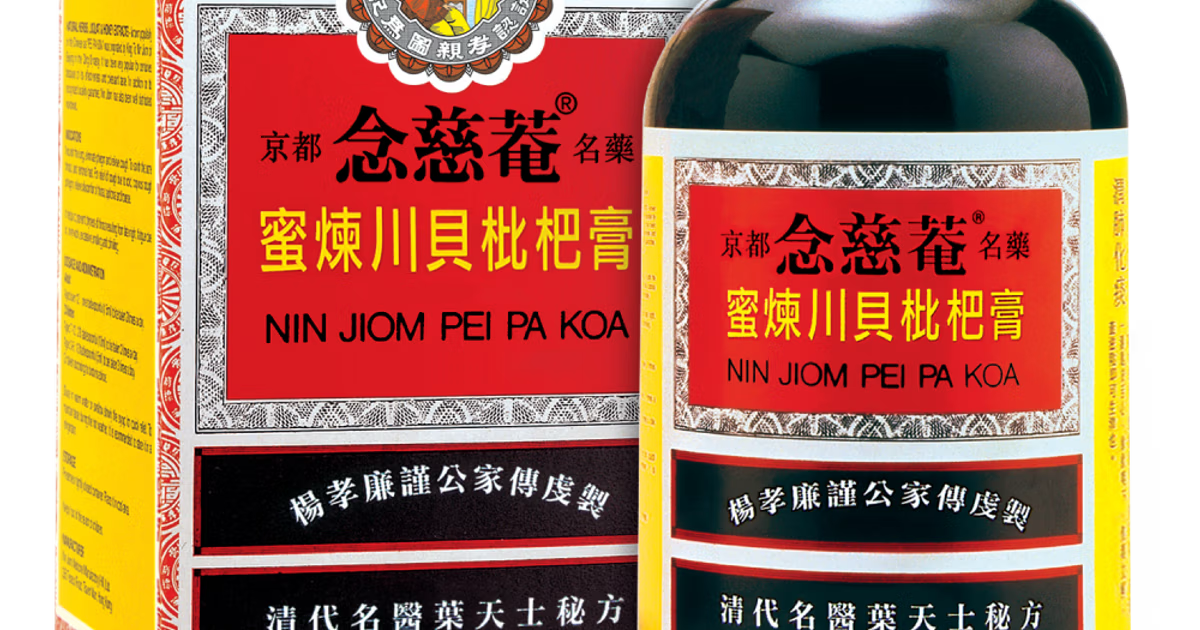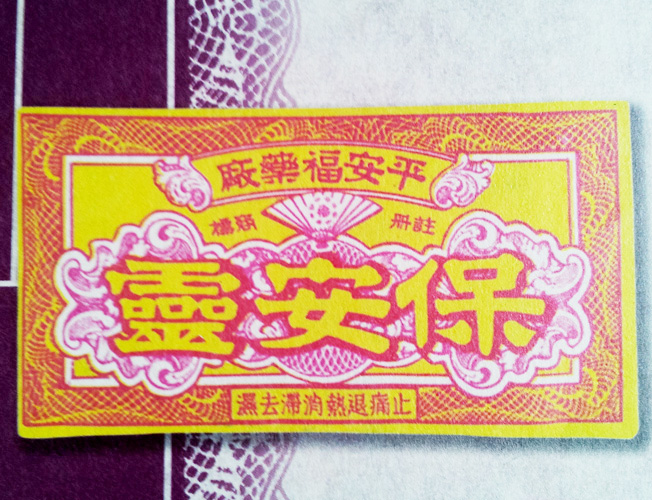Acupuncture can be used to treat a surprisingly wide range of conditions, including headaches, breathing problems, weak eyesight, and more. One issue that might deter people from trying it, however, is that there just don’t seem to be acupuncture specialists on hand when we need them.
Enter acupressure: acupuncture’s easy-to-use, less intimidating cousin.
Similarly borrowing from traditional Chinese wellness, acupressure is based on the same understanding of qi flow as acupuncture, but uses your hands instead of needles. Since acupressure is less precise and there aren’t sharp objects to worry about, it makes for a great tool for self-care on the go, without need for a trained practitioner.
Acupressure isn’t a miracle cure. Like all Chinese medicine, it’s more of a practice than an acute solution. You’ll need to perform any of these exercises at least several times, if not several times a day, if you want results.
Since all you need to perform these exercises are your fingers and thumbs, however, acupressure is tough to beat when it comes to convenience. If you have a stuffy nose, headaches, insomnia, or stress, you’ll want to slip these weapons in your back pocket.
Here are six basic acupressure treatments derived from traditional Chinese medicine that we think everyone should know.
Stuffy Nose
Points: B 2, Li 20, ST 3

If you have a stuffy nose, acupressure is one solution that can provide immediate relief. (We learned this firsthand while attempting to fix our congested sinuses.)
Congestion occurs when the sinuses can’t drain mucus properly. Applying pressure to certain parts of the face is an easy way to stimulate flow in the sinuses, helping them return to a healthy state.
To stimulate and open up your upper sinuses, use the B 2 point near your forehead. You’ll find it right where the bridge of your nose connects with your upper eye socket, on the underside of your “eyebrow bone.”
For the lower sinuses closer to your nostrils, you can use the points Li 20 and ST 3, located on either side of your nostrils, with ST 3 being a little further out and down. You’ll know you’re in the right area if you feel a kind of sensitivity or indentation in any of these spots.
Take a finger or knuckle and press in firmly on the point while taking deep breaths, and hold it for about 45 seconds to 1 minute. You might be surprised at how quickly you can feel its effects, as the sinuses start to open up from the stimulation.
Headaches
Points: GB 20, GV 24.5, GB 7

Next time you get a headache, try these three acupressure points. A lot of people will instinctively start to rub their head when they get a headache. That’s because that stimulation can lead to better circulation, and relieve pain and pressure from those headaches.
GB 20 is located on the back of the skull, on the underside of the right and left creases where your skull starts to connect to your neck (marked on the diagram above). You can interlace your fingers and wrap your hands around the back of your head, then use your thumbs to gently massage the two points. If you’re feeling hard bone, then keep looking — like all acupoints, you’ll know you’ve arrived when you feel sensitivity or a gentle ache from the pressure.
GB 7 is the bomb. In this diagram, it’s the rightmost point by the upper tip of the ear. But the other four points curling back constitute the Temple Region points, and can all be effective for dispelling headaches. Spend some time working these points, and bask in the sweet relief.
Insomnia
Points: B 38, P 6, Anmian

Insomnia is no fun, and some studies put American sufferers at over 50% of the country. Luckily there are a few points to help get you drifting on those REM waves.
B 38 is considered one of the most important pressure points when it comes to sleep, located on either side of the back at heart level, between the shoulder blade and spine. To activate it, try lying face up on a hard surface with a tennis ball under each point. Relax your muscles and breathe deeply for at least a minute.
P 6 is located on the forearm, about two and a half finger widths down from the crease of the wrist. The point is good for relaxation and for reducing anxiety. Do one wrist, then switch to the next.
Anmian (安眠) is an “extra point,” not lying along any meridian line. The name translates to “peaceful sleep,” so you’d better believe we’re including it.
Start with your thumbs on the GB 20 point from above, then move out slowly towards your ears until you feel another indentation behind your earlobe. The anmian point is right between these two. The other points we’ve talked about so far generally call for stimulation of about a minute, but you can apply gentle pressure to this point for as long as 15-20 minutes, until sleep is within your grasp.
Fatigue

Point: GV 26
If you find yourself falling asleep at the wheel or in class, take acupoint GV 26 out for a spin.
GV 26 is on the centerline of the face just below the nose, about one third of the way down to the upper lip. Pressing on it is said to engage the body’s sympathetic nervous system, in charge of the fight-or-flight response. It also increases cortical-cerebral blood flow to the brain, bringing in more oxygen and awareness.
Constipation
Point: Li 1

Although it’s commonly used for sinuses, this pressure point can also be excellent in a pinch (literally) if you’re facing blocked pipes. Pressing or pinching this point is thought to improve digestion, among other ailments, by boosting large intestine qi.
Located at the beginning of the Large Intestine (Li) meridian, Li 1 can be found at the end of each index finger, about a quarter centimeter down from the corner of the fingernail.
Stress
Points: Lv 3, KI 3, Li 11

The internal can manifest in the external, and it can be helpful to arm up with these points to help manage stress. Two points on the foot, and an additional point on the elbow, can help do the trick.
Lv 3 is a pressure point located just below the webbing of your two largest toes. To locate the KI 3 point, try feeling between your anklebone and Achilles tendon, on the inside of either leg.
To find Li 11 on both arms, follow the crease of your elbow and look for a tender spot just before the bone.
All images: Mayura Jain
















